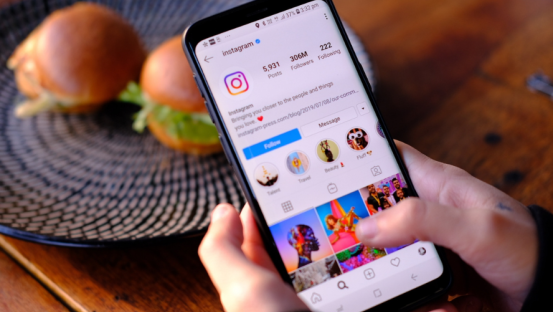The history and purpose of branding

Brands want to be more human.
Why? Because brands want to connect with more humans.
Brands fight to create a voice because they don’t naturally have one.
People, on the other hand, do. We are the most natural brand. We connect with other people, we have a voice, and we are what brands strive to be and to connect with.
Brands have always gotten so much recognition because brands have actively marketed themselves, and not all humans have.
People are not trying to be brands; brands are trying to be people.
Let me explain by outlining the history of branding.
The history and purpose of branding

AD 500 to 1000:
The word brand is derived from an ancient Norse word that means “to burn.” The word refers to the practice of craftsman of burning their marks (brands) onto their products.
AD 1500:
By the 1500s, the word brand refers to burning a mark into cattle and livestock to show ownership and to identify lost or stolen livestock. Each livestock owner develops a unique “logo” so they can easily identify their livestock within the herd.
1820s:
The world sees an increase in the mass production and shipment of trade goods. The larger the batches, the harder it is to distinguish one batch from the next. So producers stamp their logos onto their crates to demarcate their shipment.
1870:
It becomes possible to register a trademark so that a company can prevent other businesses from using similar brands and logos to confuse consumers as customers discern one company’s products from another’s.
Early 1900s:
Brands themselves become valuable. Brands start being associated with ideas and emotions. People begin buying brands that represent what they believe in. Advertisements extol the benefits of brands.
1980s:
Brand recognition becomes the most important focus for corporations, as competition starts to skyrocket and distribution channels become global. Corporate branding begins to evolve into culture creating. We start to see advertising agencies turn into branding consultancies, and corporations start working directly with political groups, nonprofits, and celebrities.
The late 1990s to early 2000s:
The rise of social media changes the way brands interact with consumers. Branding is now about communicating with brands directly, reviewing them, holding them accountable, and using a new kind of celebrity — the digital influencer
Branding has changed
Branding was once a simple and straightforward tool for companies to clearly identify one product from another.
Over time, this tool has changed.
Brands and logos are now used by people as ways of telling the world who they are, what they are, and who they wish they were.
The irony is that while brands and logos were created and used to differentiate two similar things from each other, now they are used to relate two seemingly unique things to each other.
Brands connect us with each other and with a lifestyle. We use social media to talk to them and about them, we like them, we share them, and we use them as tools for self-expression — and with each share, we endorse them.
We also hide behind them and let them tell our stories for us.
We don’t have companies’ logos burned into our skin, but we do walk around with their logos on display.
And every time we purchase a product from a brand, we are subscribing to their ideology and practices, whether intentionally or not.
Don’t believe me? See how quickly you can choose your preferences in this list:
Mac or PC?
Marvel or DC?
Coke or Pepsi?
Nike or Converse?
Tylenol or Advil?
Whole Foods or Trader Joe’s?
Uber or Lyft?
Rotten Tomatoes or IMDb.com?
I’ll bet you answered most of the questions in less than a second.
How incredible is that? In each case, we have two companies offering the same service or product, yet we are able to choose between them in a moment.
Mac and PC are both computers; Nike and Converse both keep your feet protected; Rotten Tomatoes and IMDb are both websites that let you read reviews of movies written by other people.
Why are we so quick to choose one over the other?
The reason for this is because we want the world to know where we belong.
Every brand has a different message and brand identity.
When someone uses or wears a brand, they become the voice of their particular message and simultaneously fulfill that identity.
For example - Nike shoe wearers show that they are athletic and those who are partial to Converse show they frequent concerts. Mac or PC - trendy or savvy and independent.
The brands we choose subsequently compartmentalize us into categories that define where we belong in various verticals.
As the boundaries between the digital world and our physical world come together, it is as important than ever to be able to differentiate yourself against competitors, both on and offline.
Understanding how to channel genuine engagement and create meaningful relationships is a necessary skill set for entrepreneurs, speakers, and professionals, across various industries, alike, in order to achieve their goals.
If you'd like to dive deeper into how to navigate the current digital landscape and use the power of storytelling and marketing to proliferate influence through your speaking brand, pick up a copy of my new book: Platform: The Art and Science of Personal Branding.
About the Author:
Cynthia Johnson is an entrepreneur, marketing professional, author and keynote speaker. She is Co-Founder of Bell + Ivy, a personal brand development, and management agency in Los Angeles.



